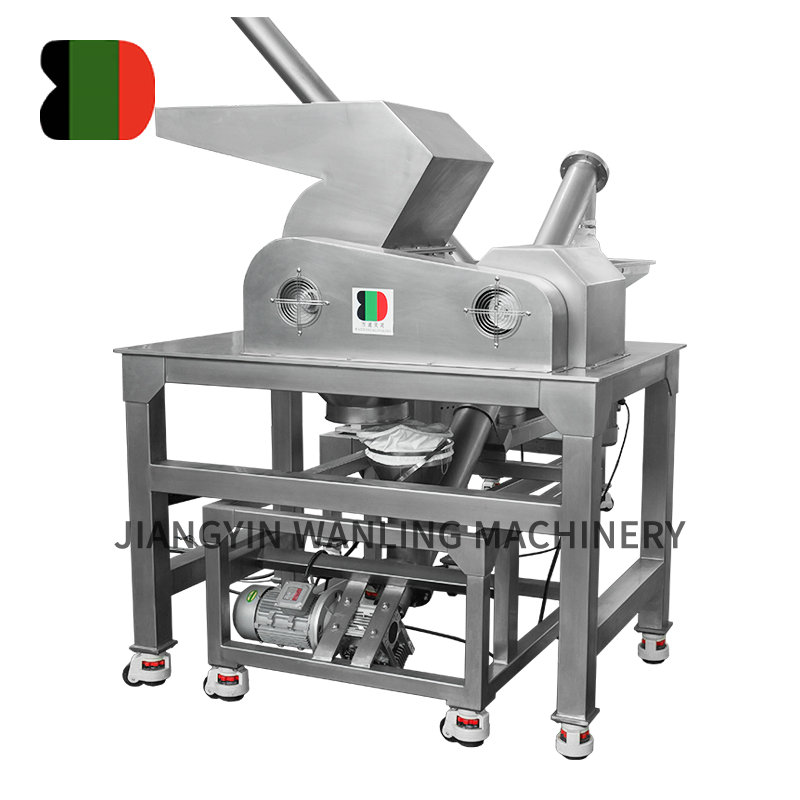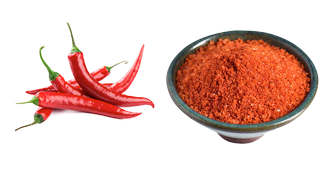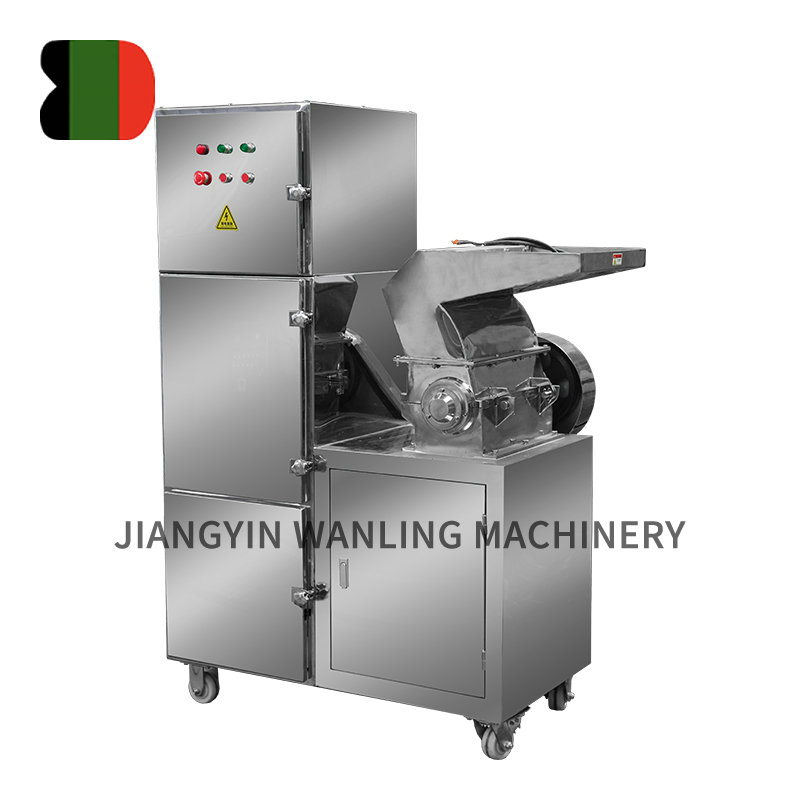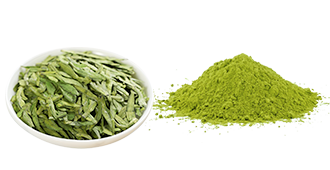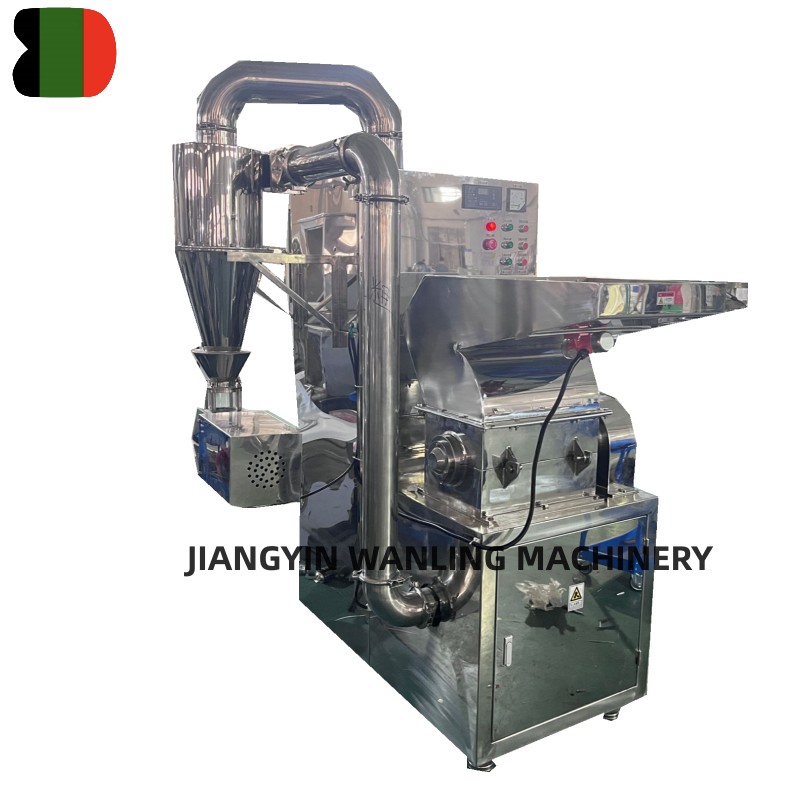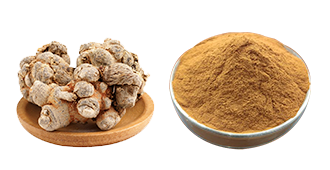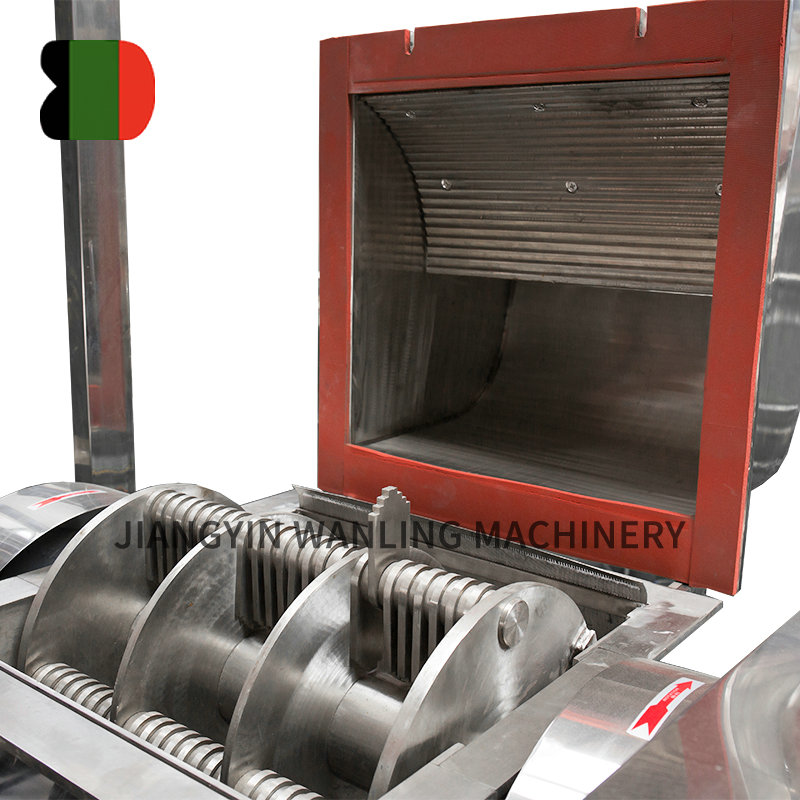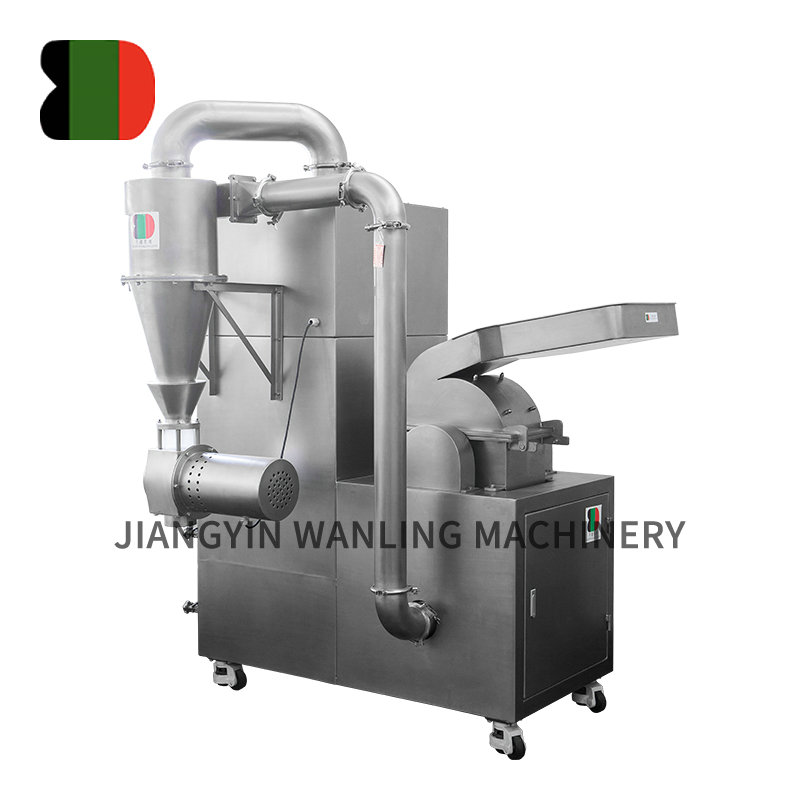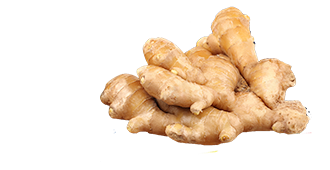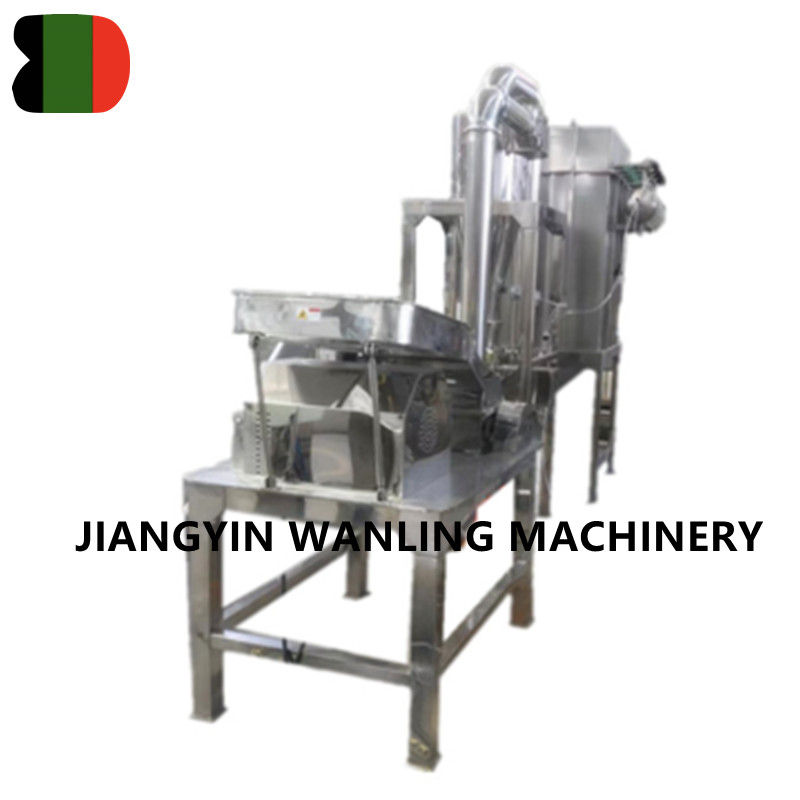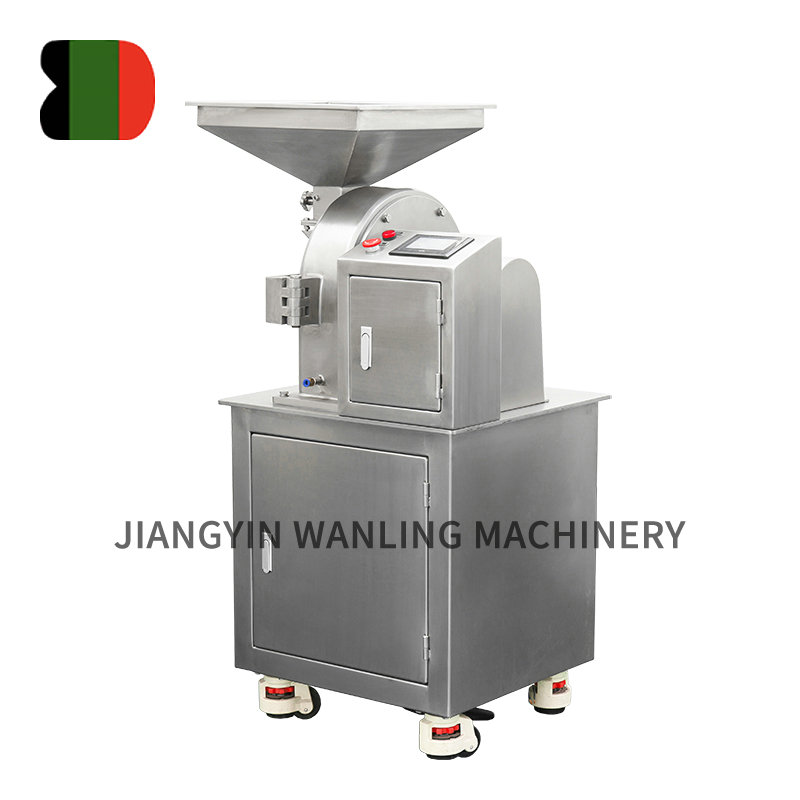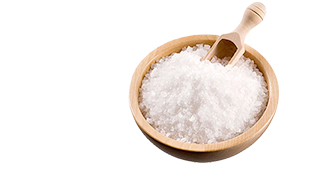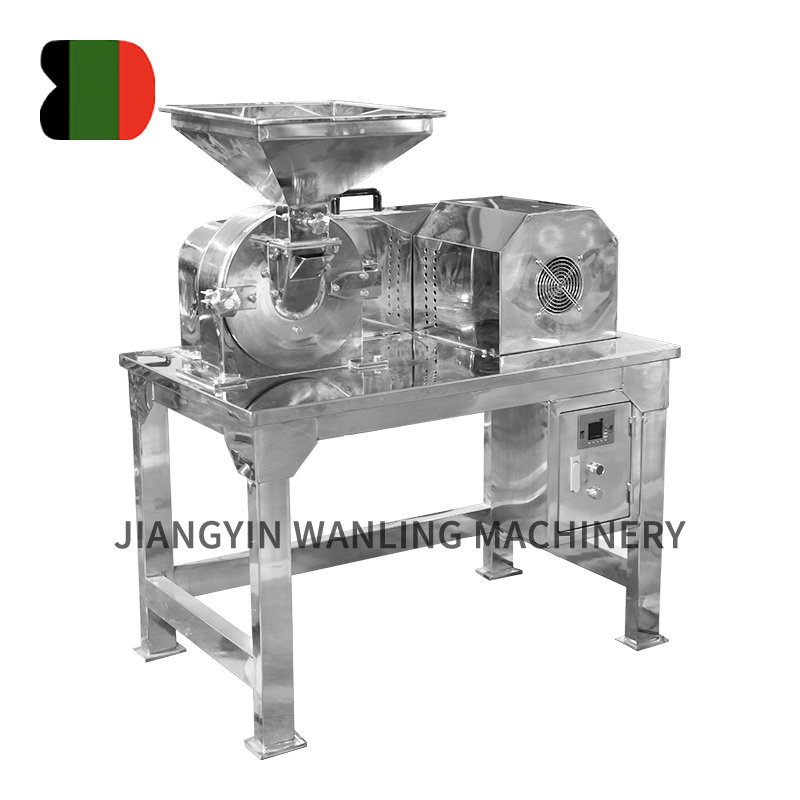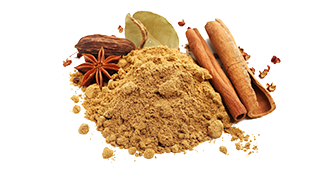In industrial mixing, both ribbon mixers and paddle mixers are widely used for blending dry powders, granules, and low-viscosity pastes. While they may look similar in design, their internal mixing mechanisms, efficiency, and application suitability differ significantly. Understanding the difference between the two helps in selecting the most appropriate equipment for specific processing needs.
Ribbon Mixer: Helical Efficiency
A ribbon mixer, often referred to as a ribbon blender, consists of a horizontal trough with a set of helical mixing blades—an inner ribbon that moves materials in one direction and an outer ribbon that moves them in the opposite direction. This countercurrent movement ensures thorough and uniform mixing of materials in a relatively short time.
Key Features of Ribbon Blender:
Dual-directional flow: The inner and outer ribbons create axial and radial mixing simultaneously.
Ideal for free-flowing materials: Ribbon blenders work best with powders or granular materials of similar bulk density.
High-speed mixing: Suitable for processes requiring quick and homogeneous blends.
Efficient for batch processing: Frequently used in food, pharmaceutical, chemical, and cosmetic industries.
Paddle Mixer: Gentle and Versatile
A paddle mixer, on the other hand, features flat or slightly curved paddles mounted on a rotating shaft. These paddles lift and tumble the materials rather than pushing them in helical patterns. The mixing action is gentler, making it more appropriate for fragile, sensitive, or dissimilar materials.
Key Features of Paddle Mixer:
Gentle tumbling action: Reduces the risk of damaging delicate components.
Suitable for varied densities: Handles materials with differing bulk densities or particle sizes more effectively than ribbon mixers.
Longer mixing time: Though slower, it offers better homogeneity for complex blends.
Widely used in agriculture and construction: Especially for mixing fertilizers, animal feed, or mortar.
Comparative Overview:
| Feature | Ribbon Blender | Paddle Mixer |
| Mixing Action | Countercurrent helical | Gentle tumbling |
| Material Suitability | Free-flowing, similar density | Fragile, varied density |
| Mixing Time | Faster | Slower |
| Homogeneity | Excellent for uniform materials | Better for heterogeneous mixes |
| Common Applications | Food, chemicals, powders | Animal feed, composites, pastes |
Choosing Between Ribbon Blender and Paddle Mixer
The choice between a ribbon blender and a paddle mixer depends on multiple factors, including the nature of the material, desired mixing time, sensitivity of the ingredients, and batch size. For high-throughput, consistent material types, a ribbon blender is usually the more efficient choice. However, when handling fragile or mixed-density materials, a paddle mixer may provide more controlled and even blending.
While both ribbon and paddle mixers serve the purpose of blending materials, their internal mechanisms and applications differ considerably. The ribbon blender is preferred for its speed and efficiency in handling uniform powders, whereas the paddle mixer is chosen for its gentle handling of diverse or fragile materials. Understanding these distinctions allows industries to make informed decisions when selecting mixing equipment for specific processing requirements.
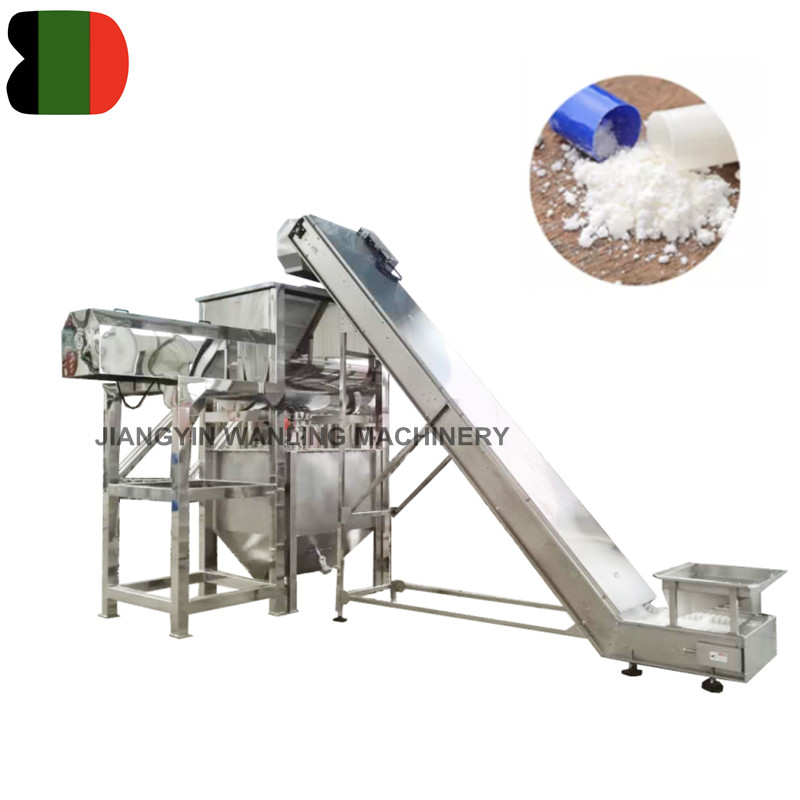



 Español
Español